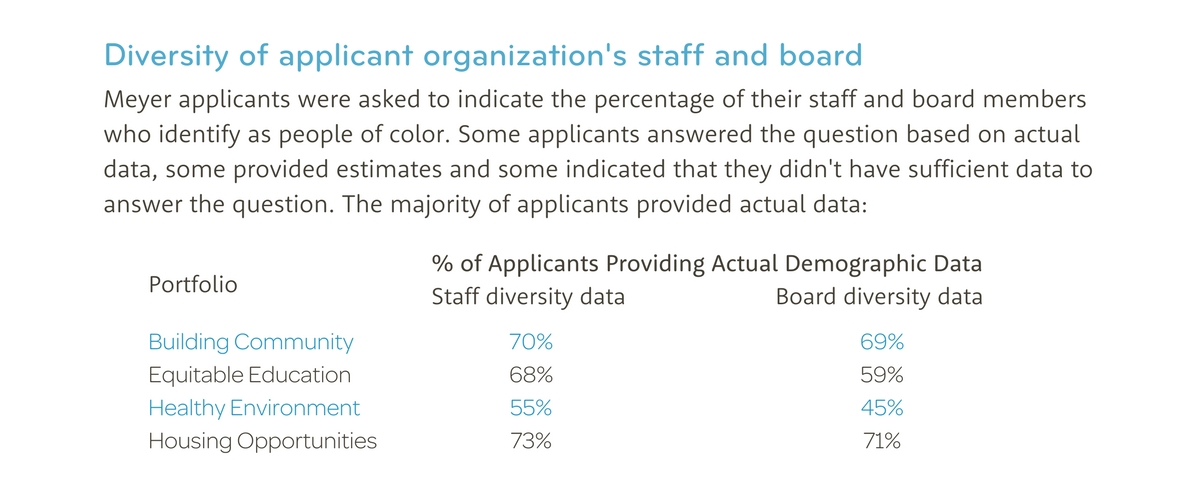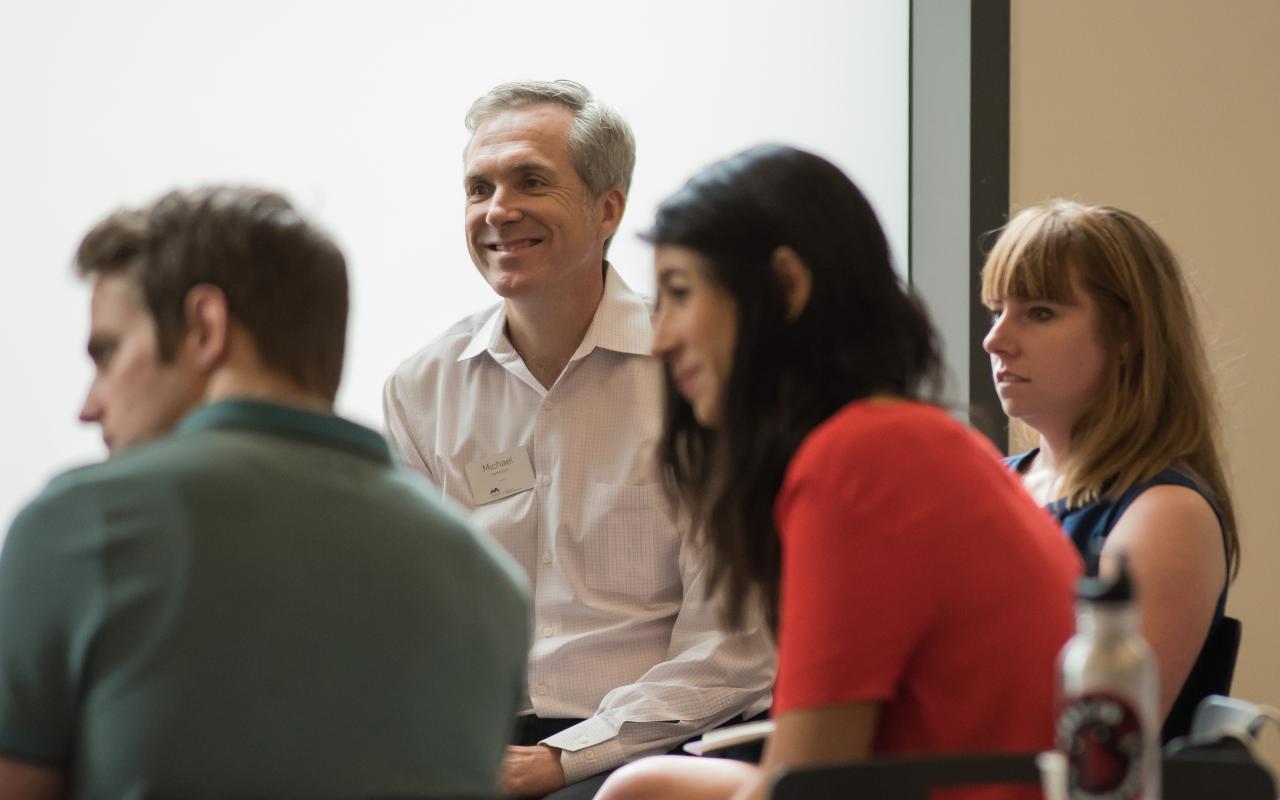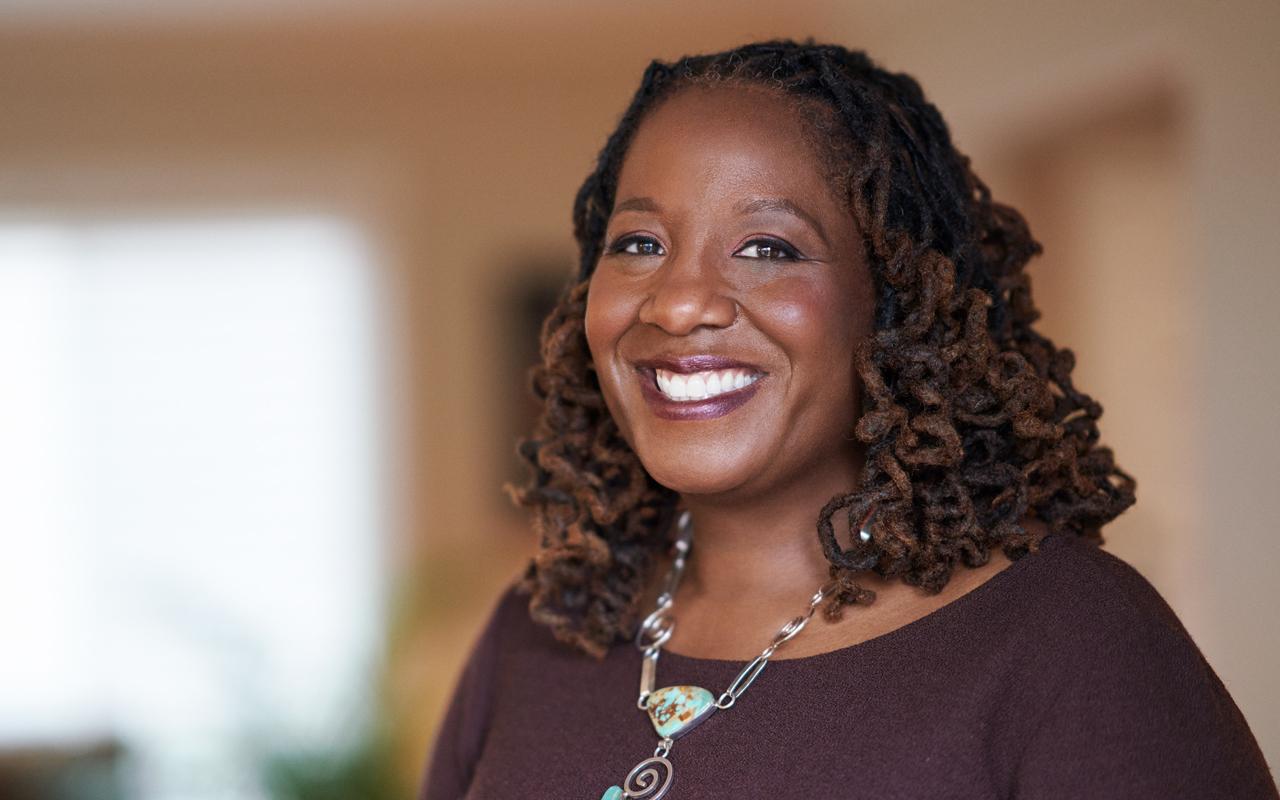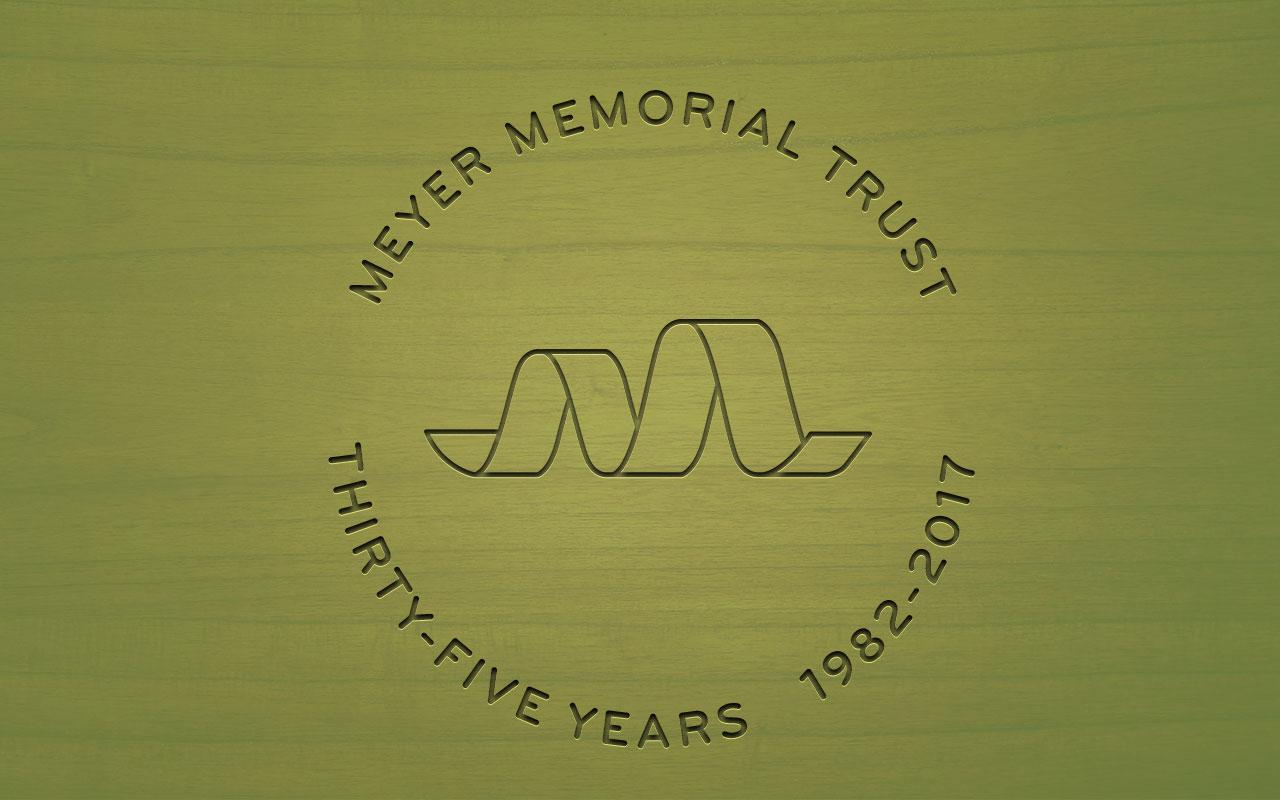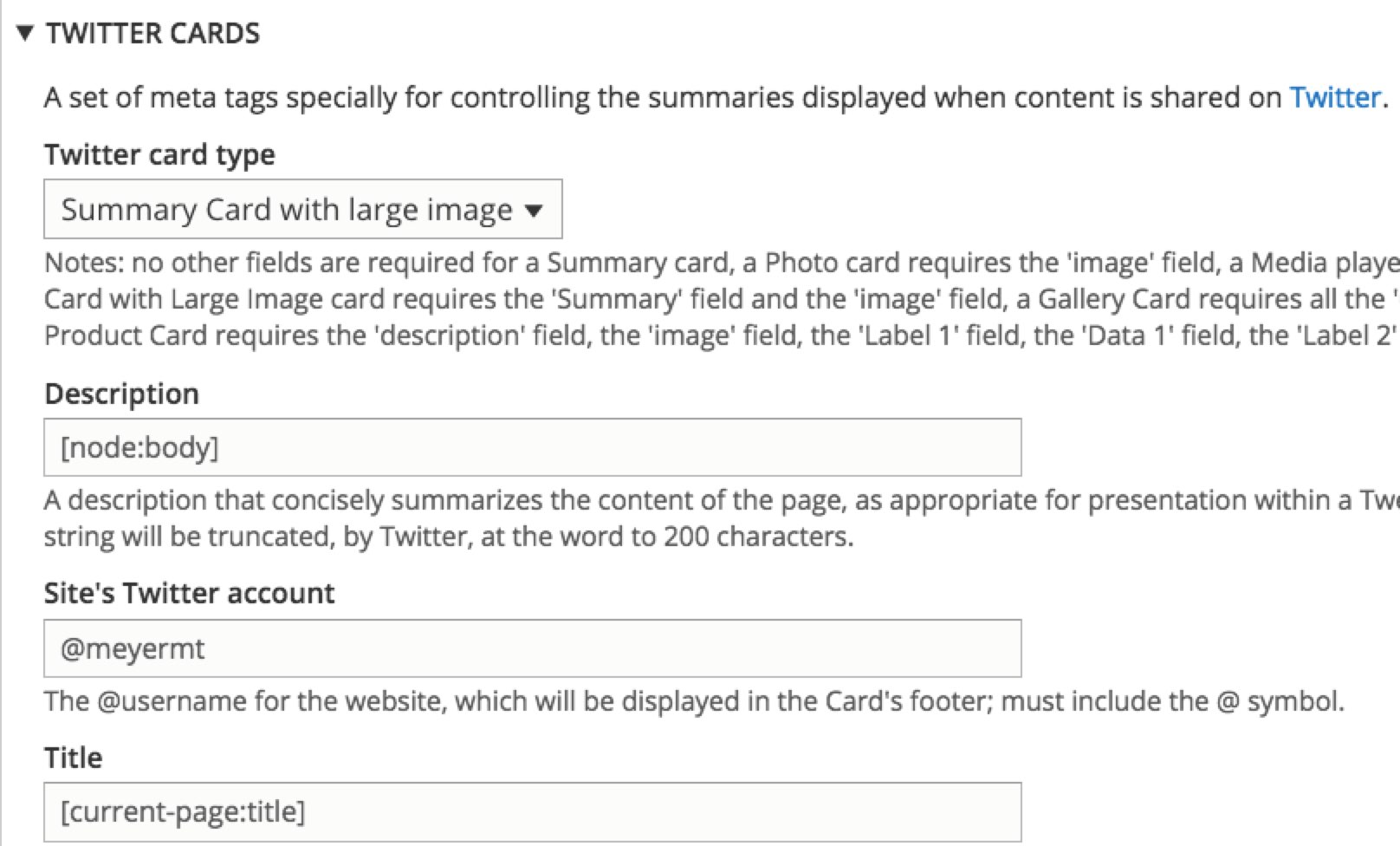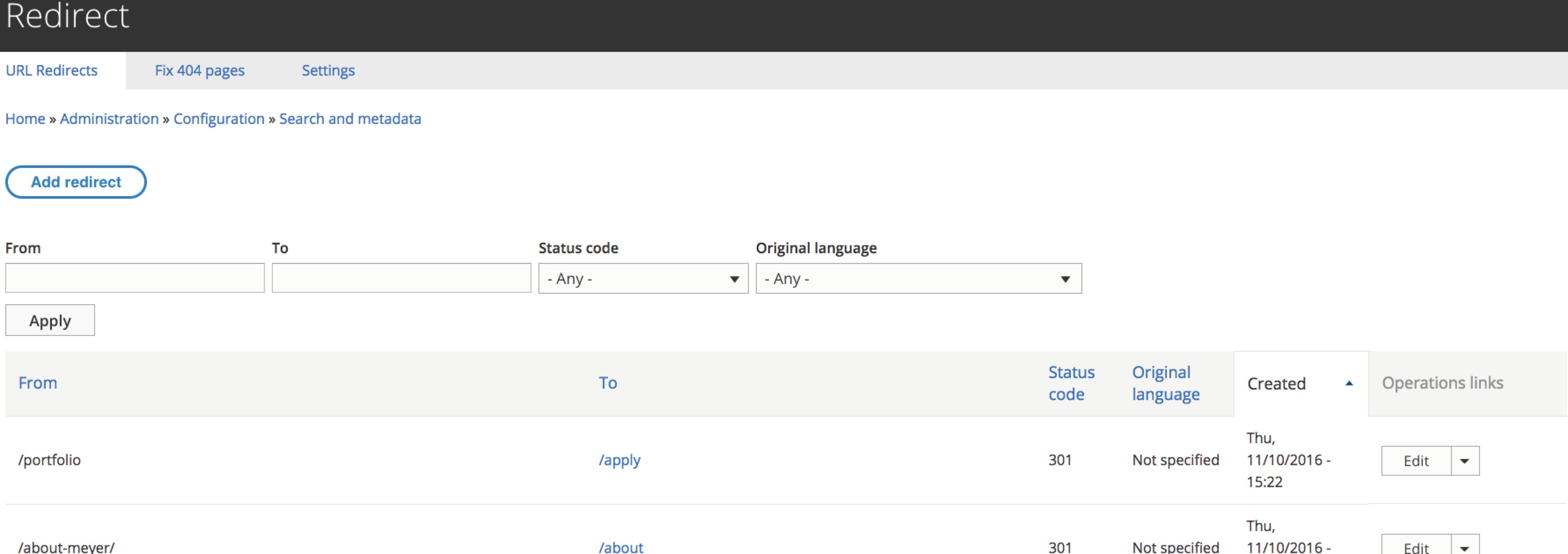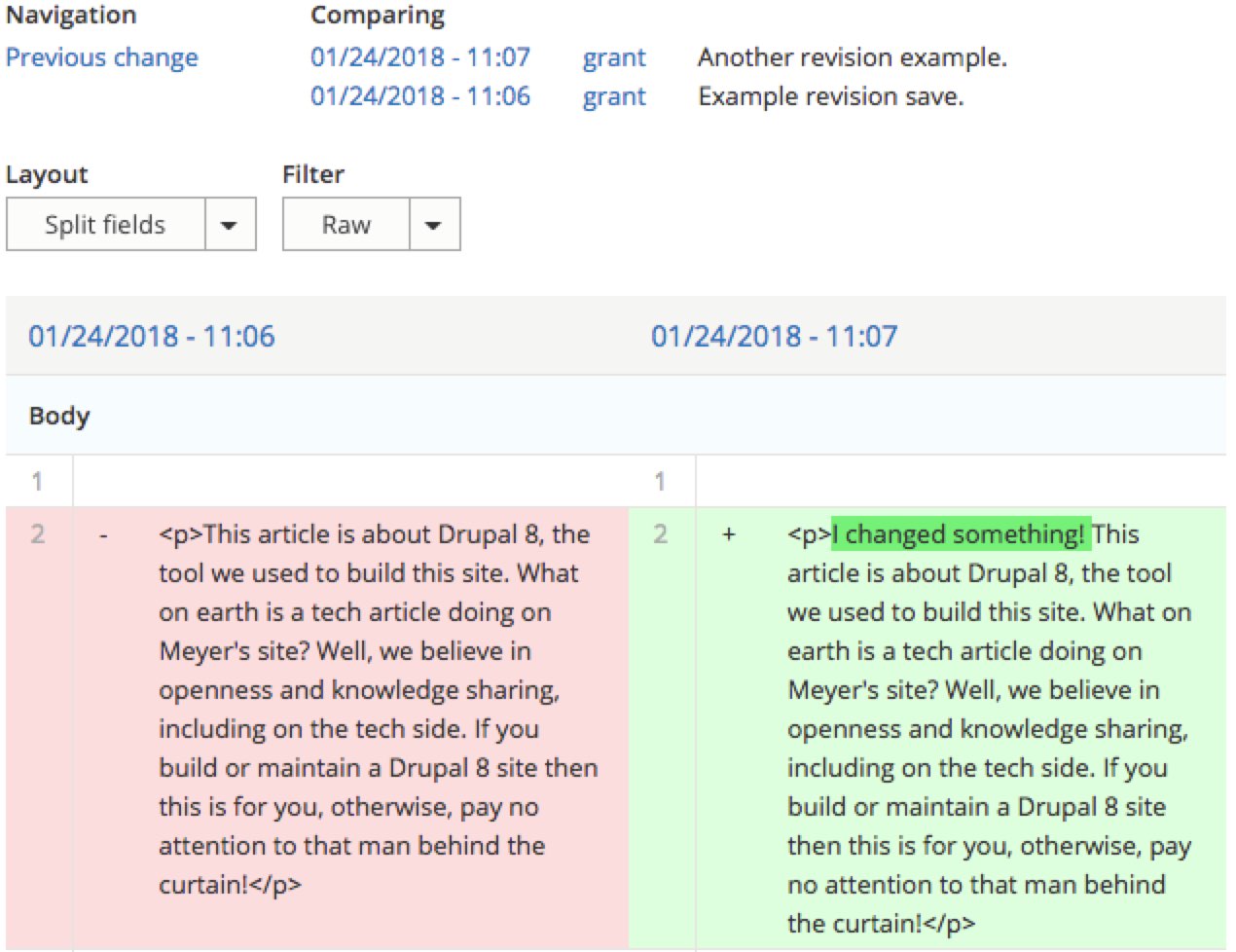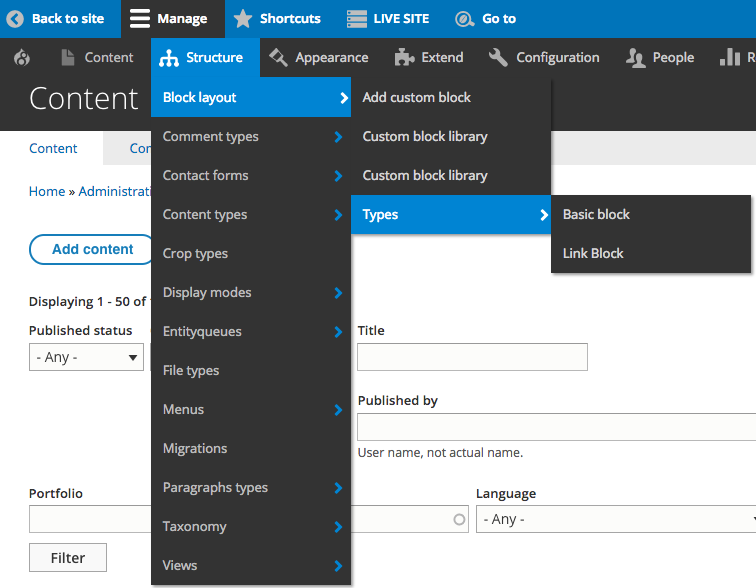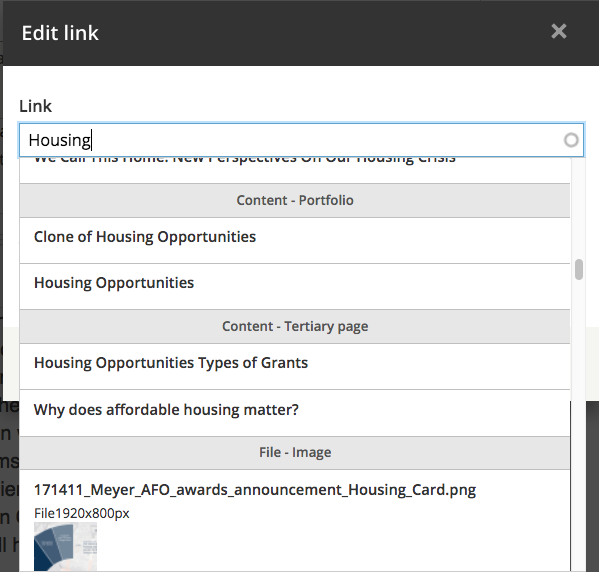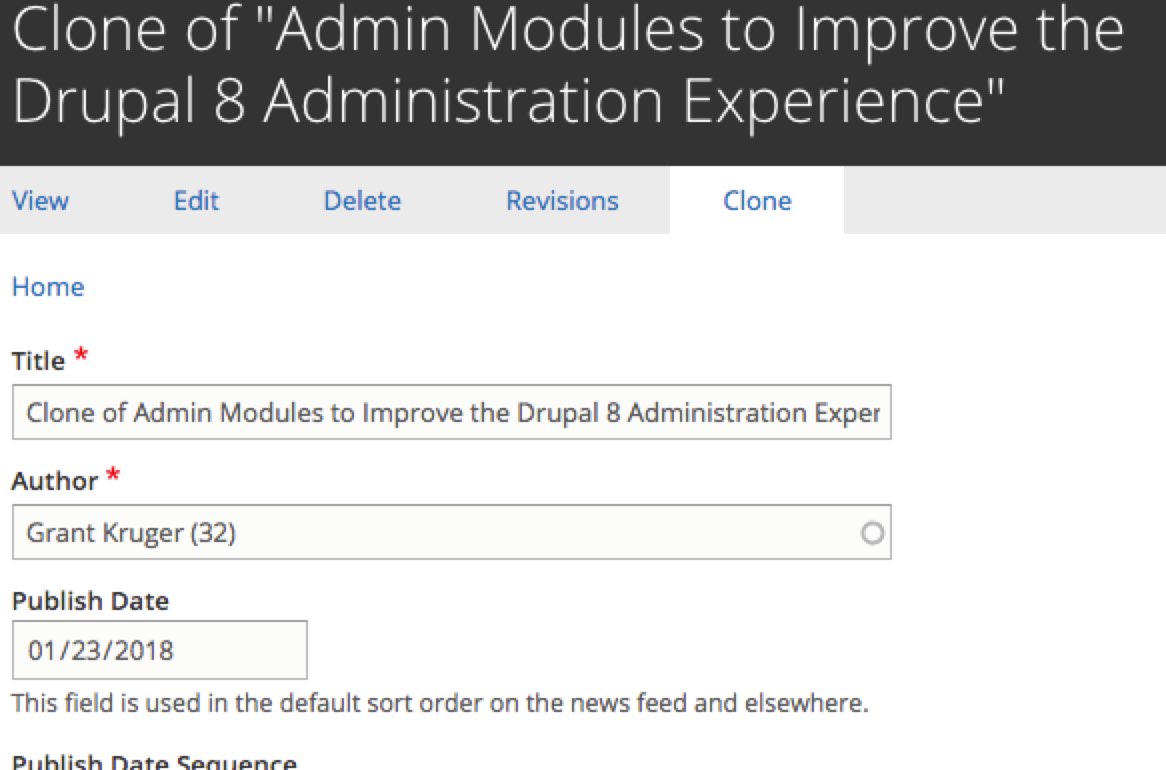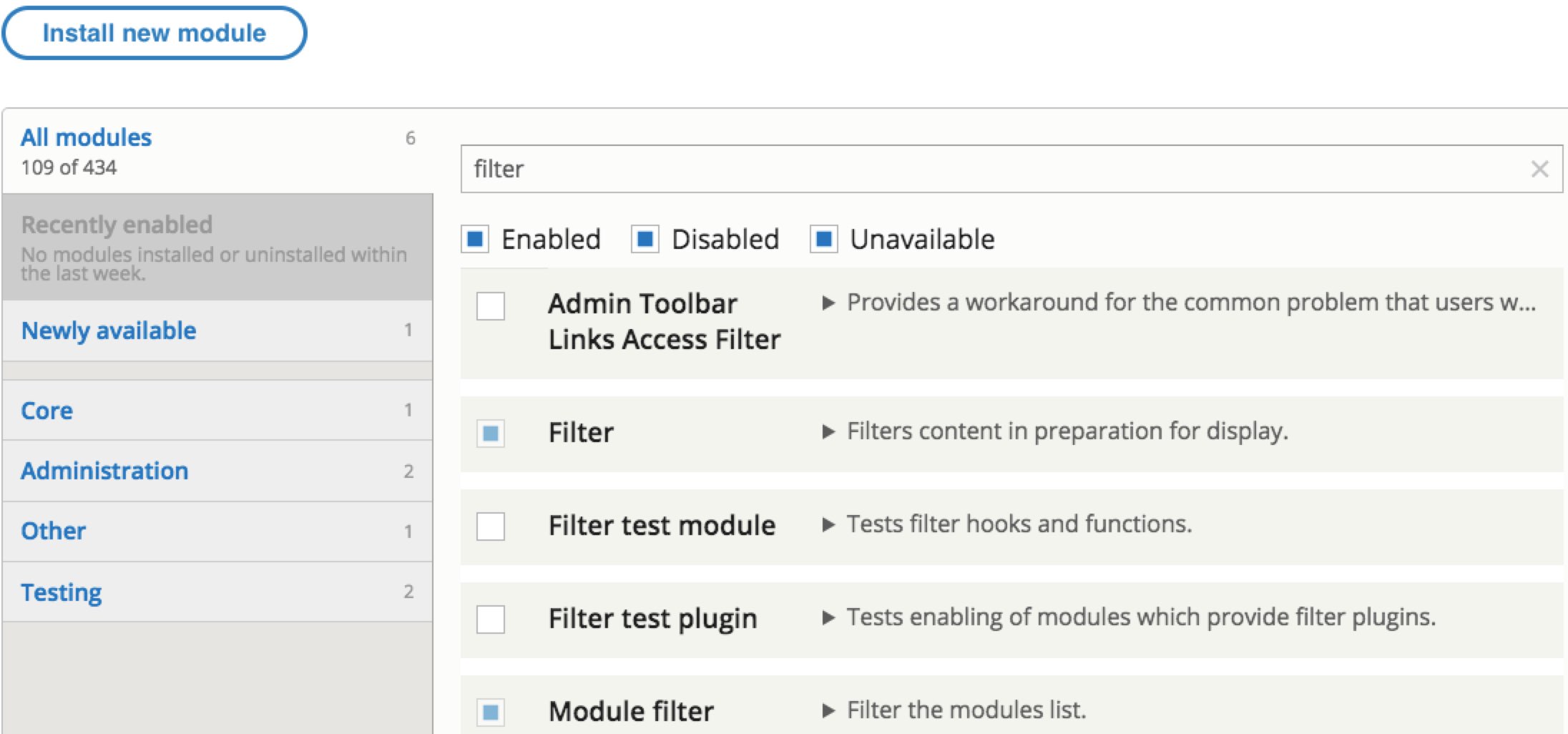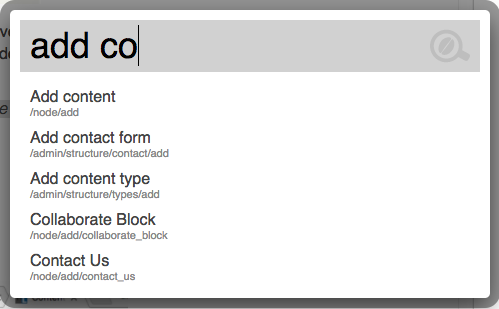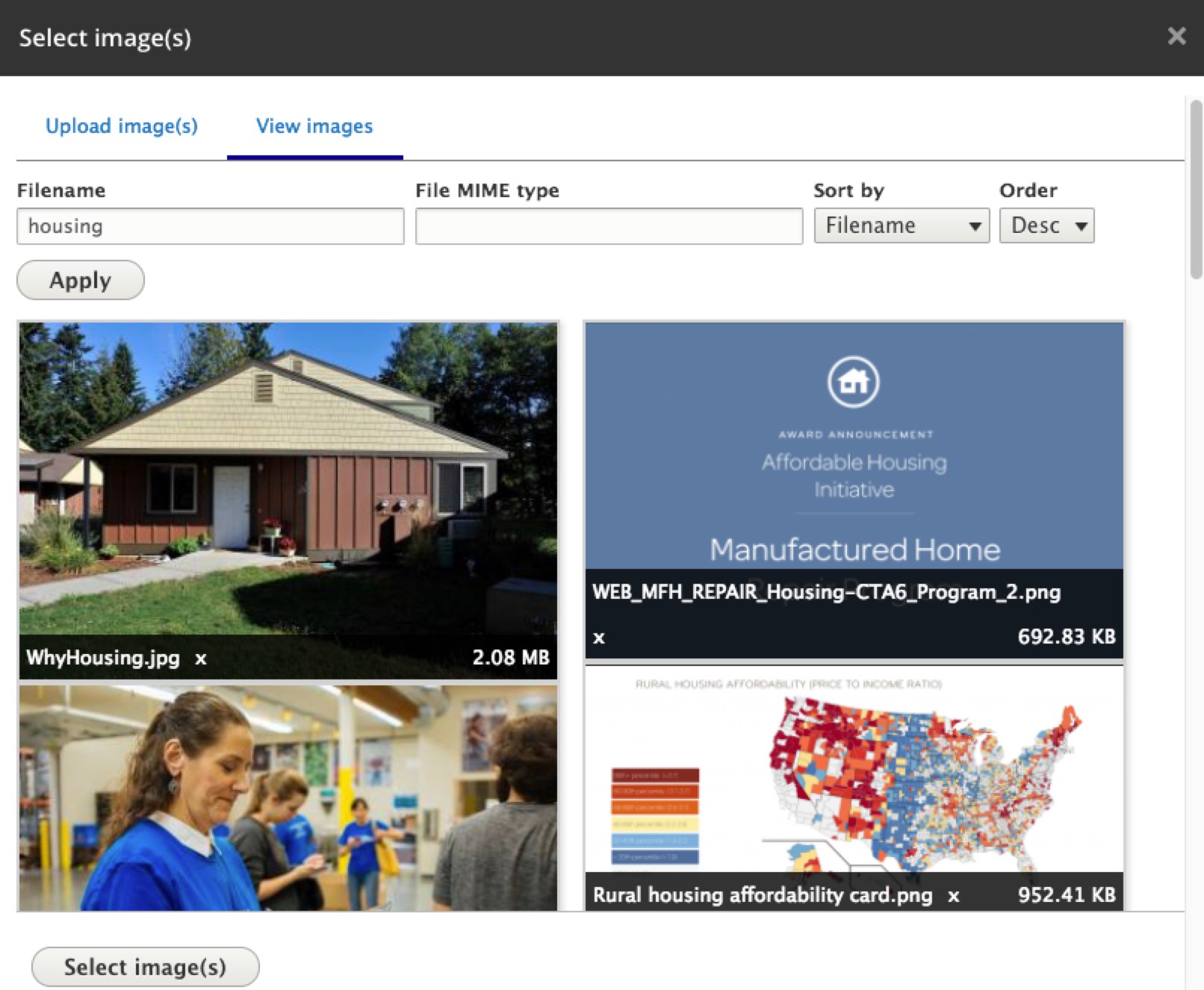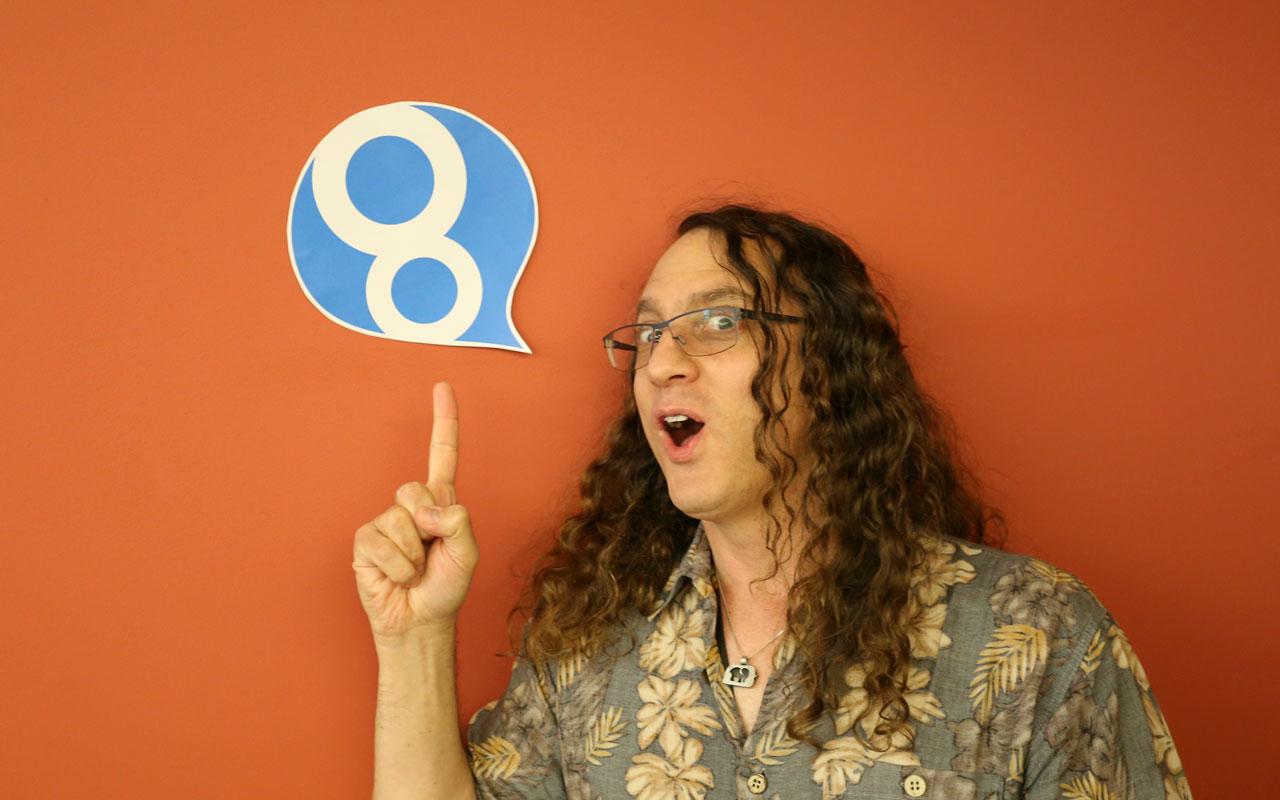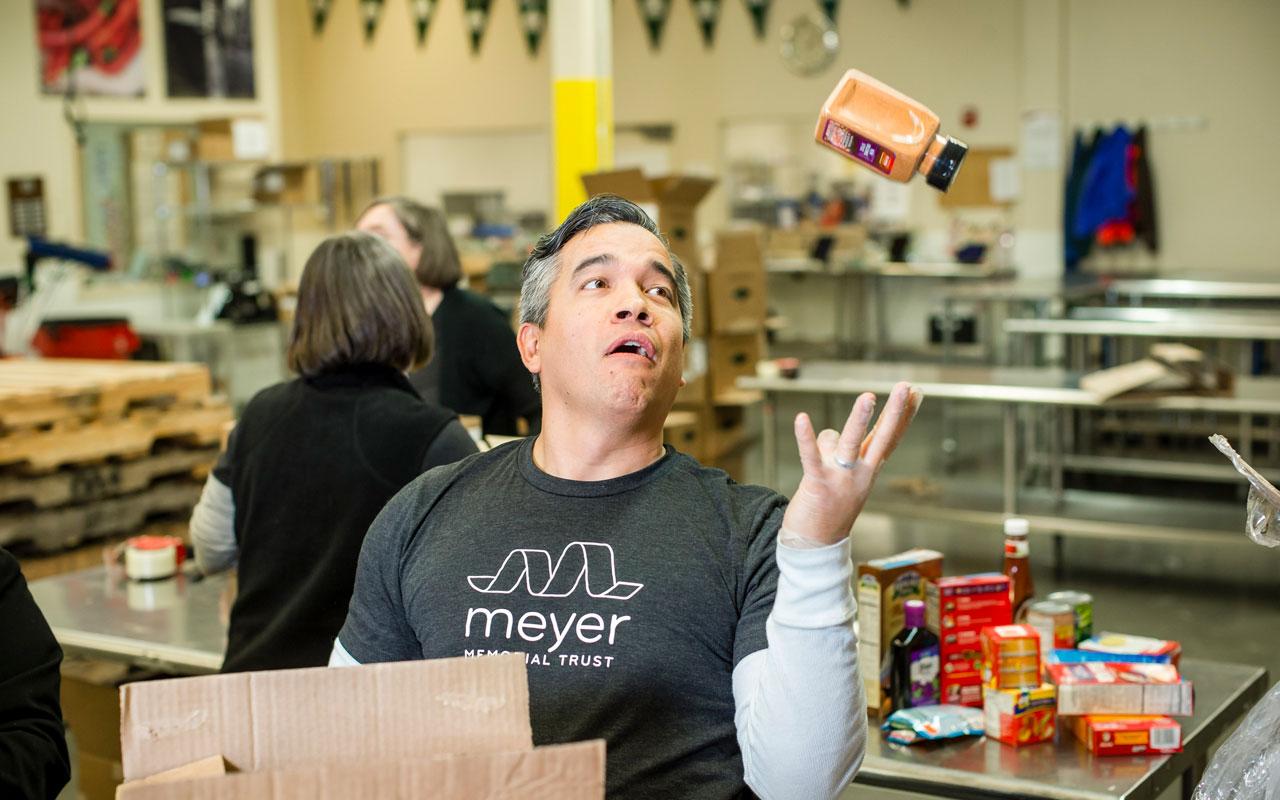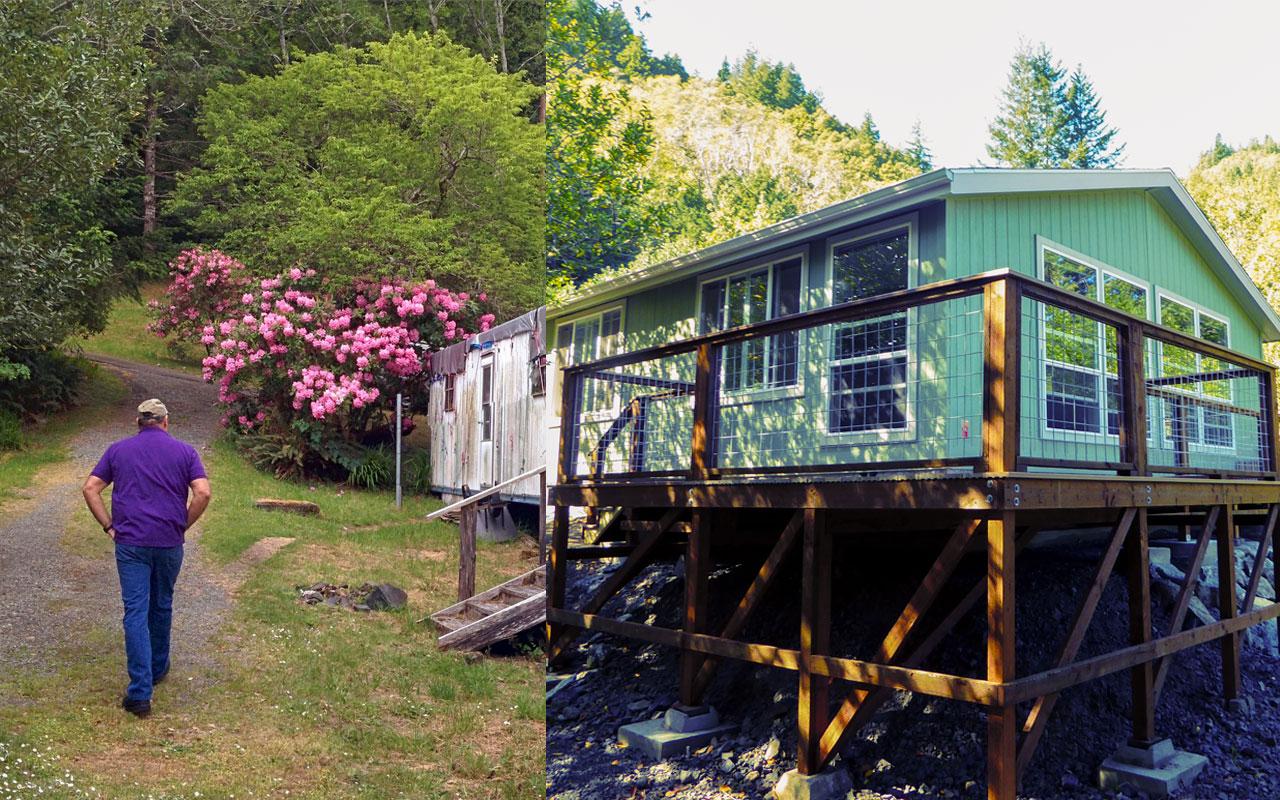Investing in meaningful public education for all
The Equitable Education portfolio is excited to announce our 2018 Annual Funding Opportunity! Meyer will invest approximately $3.4 million to advance our vision of ensuring meaningful public education for all students in Oregon through focusing on the urgent needs of today's students and reshaping the system to eliminate gaps before they begin.
This is the second round of annual funding for the Equitable Education portfolio. At the end of 2017, we awarded 50 grants out of 167 competitive applications. These grants reflected a mix of rural and urban organizations offering both a vision and approach to directly address educational disparities. Of primary importance was their collective belief that for Oregon to flourish, each student — regardless of race, ethnicity, family income, geography, disability, sexual/gender identity or language — must have the opportunity to succeed in school. We are excited to see how this work flourishes over the next few years!
The Equitable Education portfolio will begin accepting Initial Applications on March 15, with a deadline of 5 p.m. April 18, to advance one of the following Equitable Education funding goals:
- Build a movement to align community + education institutions to create systems- and policy-level impact.
- Improve student achievement and college and career readiness.
Meyer has identified several intended outcomes under each of these two goals, and we invite you to take a deeper look at our funding goals, strategies and outcomes as you consider how your work aligns with the vision for this portfolio.
What did we learn from last year's Annual Funding Opportunity?
The 2018 Annual Funding Opportunity represents a refinement of last year's framework based on current data as well as feedback we received from nonprofit and education partners. It's also designed to create what we believe to be the greatest opportunity to leverage Meyer's investments in education.
Although there might be modest adjustments to this year's Equitable Education goals and outcomes, equity remains central to all portfolio grantmaking. In 2018, successful applicants will continue to demonstrate a clear commitment to diversity, equity and inclusion. Through this lens, organizations will propose a vision and approach to analyzing and directly addressing education disparities experienced by our priority populations across Oregon. These students include:
- Students of color
- Indigenous students
- English Language Learners
- First-generation college students
- Students who identify as lesbian, gay, bisexual, transgender and/or other sexual/gender identities
- Students with disabilities
- Students living on low incomes
- Students in foster care
After our experience last year, we decided to create a visual guide to clarify what fits within the scope of our portfolio. We designed a "fit flowchart" that gives a broad-level glance to see if your work would generally fit with the scope of the portfolio; a companion piece to this is a one-page "insights" document that answers some common questions addresses application competitiveness. You can view that resource here.
What doesn't fit within the Equitable Education portfolio
The Equitable Education portfolio team values the essential work occuring every day across the education continuum, and we recognize that preparing an application requires a considerable investment of time and resources by an organization. Insights from last year have provided us with a clear perspective on what doesn't fit within the Equitable Education portfolio:
- Education programs with universal, one-size-fits-all strategies not specifically designed for priority students, regardless of school, district or regional demographics.
- Direct early education services; we will, however, support students during the transition between early education programs and kindergarten as well as preparing public schools to offer a smooth transition from home to school.
- Strategies to address college retention and completion; however, we are interested in supporting efforts that smooth the transition between high school, or equivalent, and college and/or career.
- K-12 private schools.
- New or expanded programming developed without meaningful engagement with the priority population it's intended to impact.
- Environmental education programming not specifically designed to meet the academic, social or cultural needs of priority students.
Learn more
Over the next month, general information sessions will be held across the state. In addition, two Equitable Education webinars will be conducted March 19 and March 23. You can sign up for the Equitable Education webinars here. If you're unable to attend any sessions, or if you have questions about a specific project, please feel free to contact us at questions [at] mmt.org or 503-228-5512. You can also check out our Feb. 27 "Get to know Meyer's Equitable Education portfolio" webinar where we shared insights into what fits within the scope of our portfolio, offered our strategy for investing in the "gap," introduced our priority populations and much more.
Finally, we've organized a set of Applicant Resources to make the process easier. You'll find additional information, tools and advice on topics ranging from diversity, equity and inclusion to Meyer's definition of collaborations.
We look forward to working with you in the coming year!
— Matt

